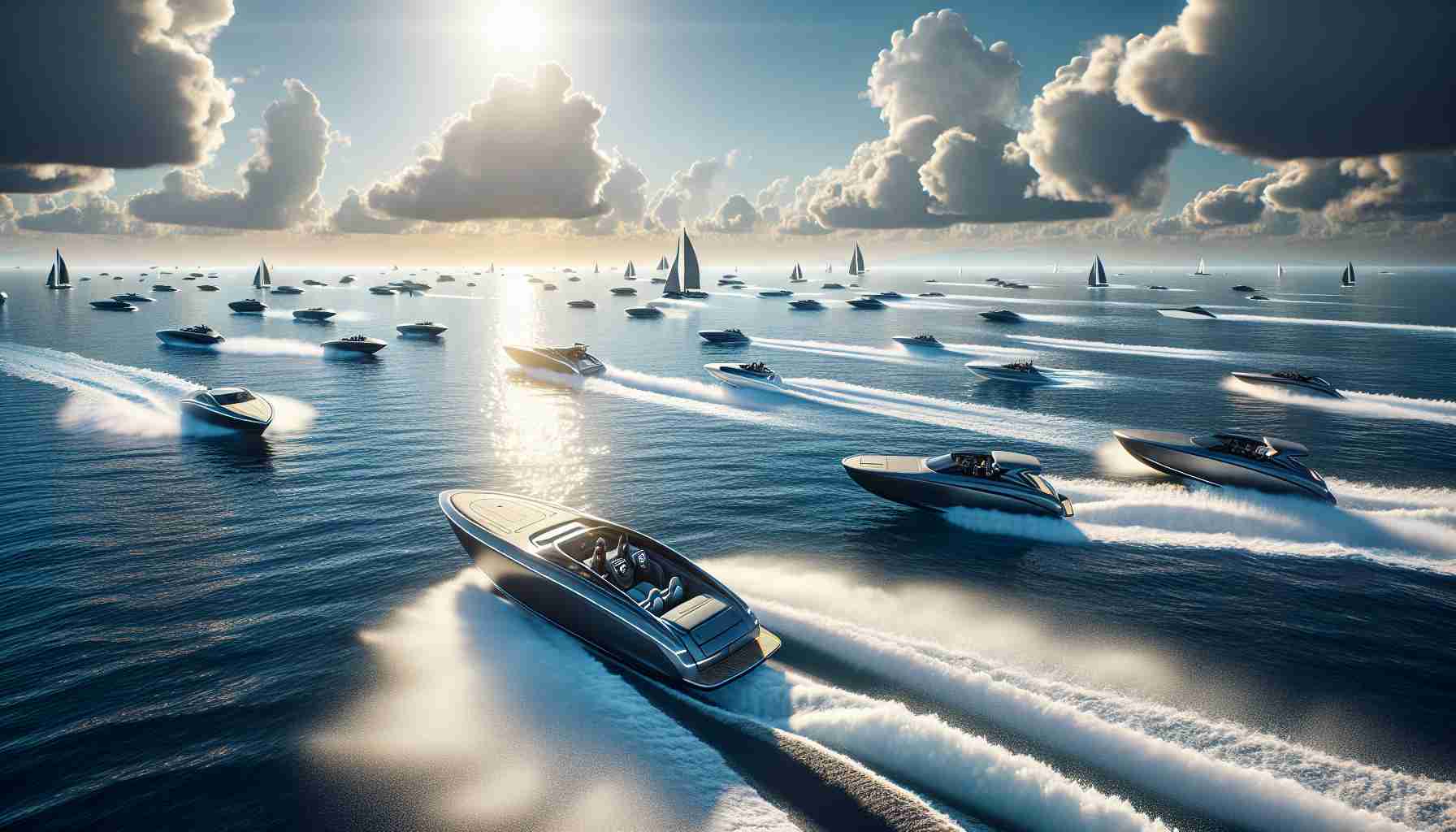Exploring the Surge in the Electric Watercraft Market
The electric watercraft industry is on a remarkable trajectory, with its market value soaring from USD 1.54 billion in 2023 to an impressive USD 2.74 billion by 2030. This surge represents an anticipated annual growth rate of 8.6% as the world shifts towards more sustainable marine transport options.
Driving this growth is the growing emphasis on eco-conscious solutions. The market is segmented into battery electric, plug-in hybrid, and hybrid watercraft, each catering to various uses, from personal leisure to commercial endeavors. Innovations in battery technology, specifically lithium-ion and solid-state batteries, have significantly enhanced the performance and usability of these vessels, making them viable contenders against traditional fuel-powered boats.
Government policies promoting sustainability, combined with a rising interest in recreational boating, are also key factors contributing to market expansion. As environmentally aware lifestyles gain popularity, many individuals are opting for electric boats, kayaks, and scooters that operate quietly with zero emissions. Manufacturers are responding by developing affordable, compact models aimed at personal use.
The electric watercraft market is not limited to individual consumers; commercial applications like ferry services and harbor operations are increasingly adopting these vessels to cut costs and adhere to environmental regulations. With significant advancements in technology and infrastructure, the electric watercraft sector is set to lead the future of marine transportation into a cleaner and more sustainable era.
Riding the Wave: The Future of Electric Watercraft Market
The electric watercraft industry is on a remarkable trajectory, with its market value soaring from USD 1.54 billion in 2023 to an impressive USD 2.74 billion by 2030. This surge represents an anticipated annual growth rate of 8.6% as the world shifts towards more sustainable marine transport options.
Key Trends in the Electric Watercraft Market
1. Technological Innovations: The rapid advancement in battery technology, particularly lithium-ion and solid-state varieties, has drastically improved the performance and usability of electric watercraft. These innovations not only extend the range of these vessels but also enhance charging times and overall efficiency.
2. Diverse Market Segmentation: The market is segmented into several categories, including battery electric, plug-in hybrid, and hybrid watercraft. This segmentation caters to a wide range of applications from personal leisure activities to commercial engagements, thereby drawing a diverse customer base.
3. Regulatory Support and Sustainability: Government policies promoting environmental sustainability are a driving force behind the electric watercraft market. Incentives and subsidies encourage both individuals and businesses to transition from traditional gasoline-powered vessels to electric alternatives.
4. Increase in Recreational Boating: As recreational boating gains popularity, electric boats, kayaks, and scooters are becoming preferred choices due to their quiet operation and zero emissions. This shift reflects a broader trend towards environmentally conscious lifestyles.
Pros and Cons of Electric Watercraft
– Pros:
– Eco-Friendly: Zero emissions make electric watercraft an attractive alternative to traditional fuel-powered boats.
– Low Operating Costs: Reduced fuel costs and lower maintenance requirements can save money in the long run.
– Quieter Operation: Electric engines operate quietly, enhancing the experience of nature while boating.
– Cons:
– Limited Range: While technology is improving, electric watercraft may still have a shorter range compared to conventional boats, which could deter long-distance trips.
– Charging Infrastructure: The availability of charging stations is still developing in many areas, posing a challenge for widespread adoption.
– Higher Initial Costs: The upfront investment for electric watercraft can be higher than traditional options, which may limit accessibility for some consumers.
Use Cases of Electric Watercraft
Electric watercraft are increasingly being utilized in various sectors, including:
– Ferry Services: Many cities are adopting electric ferries to provide sustainable public transport solutions.
– Recreational Boating: Kayakers and paddleboarders are turning to electric options for a more accessible and less strenuous experience.
– Commercial Harbor Operations: Ports are integrating electric watercraft for logistics and operations, minimizing their carbon footprints.
Market Predictions and Future Insights
The electric watercraft market is poised for significant growth, influenced by continued advancements in technology and changing consumer preferences. By 2030, we can expect to see:
– Increased adoption of electric watercraft across different customer segments.
– Enhanced battery technologies, lengthening both the range and lifespan of electric vessels.
– Greater investment in charging infrastructure to support the expansion of electric boating.
As trends toward sustainability continue, electric watercraft are set to transform the marine transportation landscape, paving the way for cleaner, quieter, and more efficient practices on the water. For more information on industry insights and advancements in electric watercraft, visit Boating Magazine.













